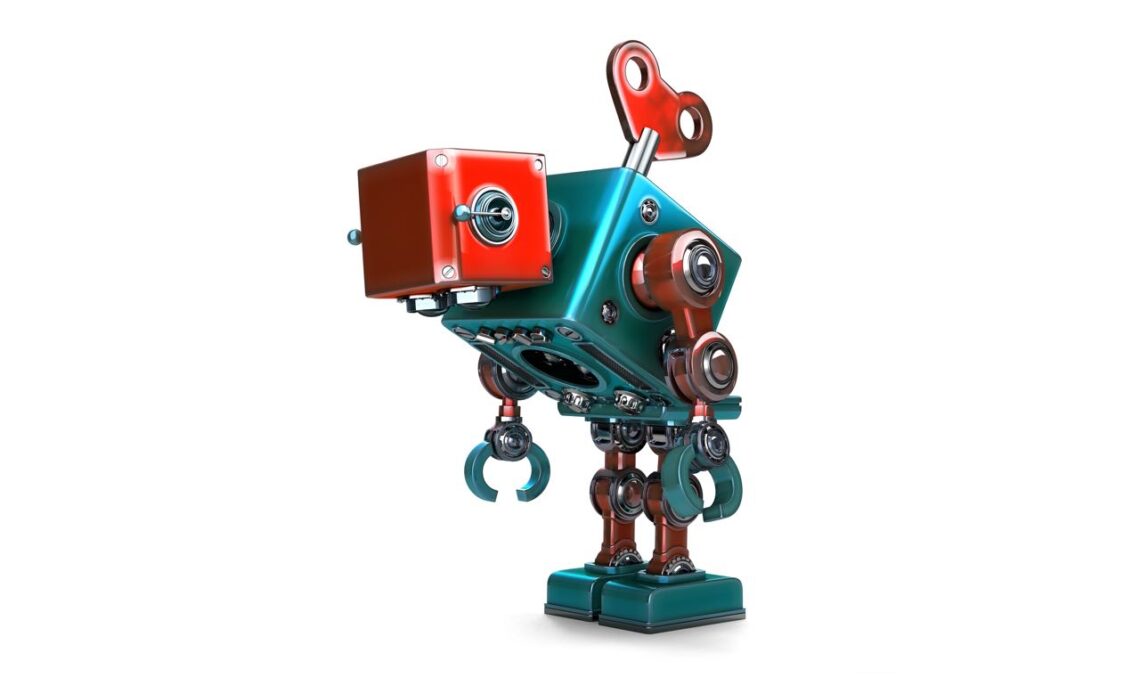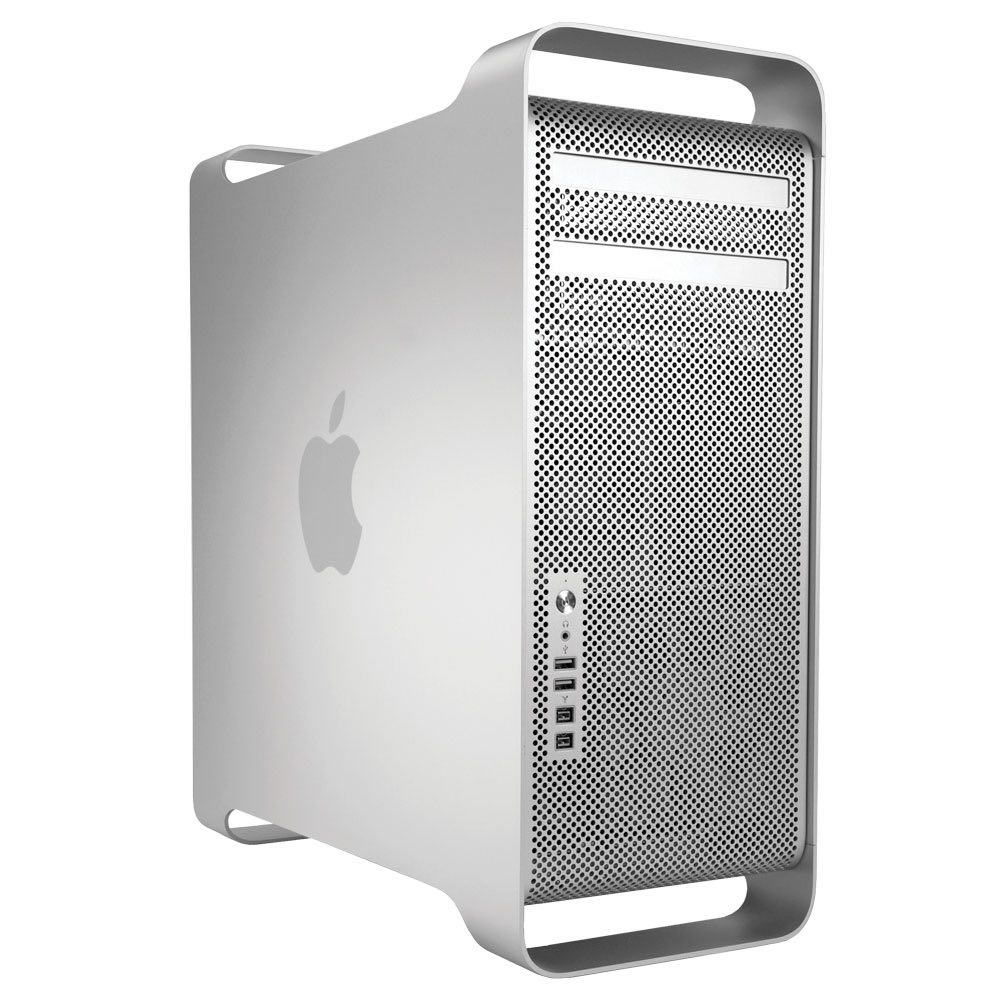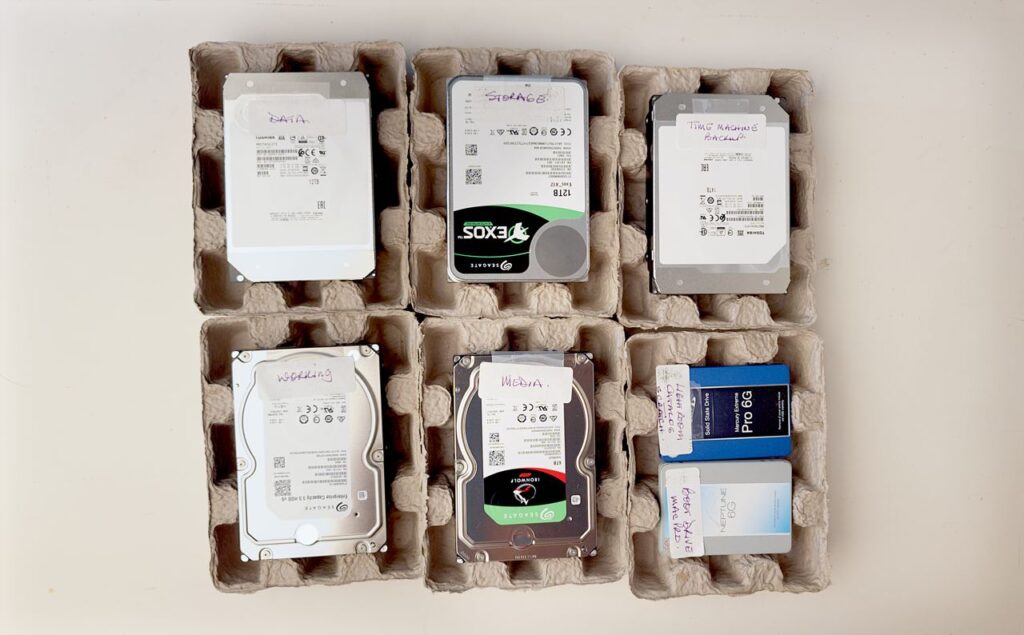
Above: Photo by KirillM /DepositPhotos.com
BitDepth#1348 for April 04, 2022
As businesses become increasingly digital, the architecture of the computing systems that underpin them becomes increasingly important.
So what happens when a key part of the network fails?
I didn’t plan for what happened on March 26, but there were enough paranoia-inspired buffers in place to compensate for the failure of the core of my IT infrastructure, the imaging workstation around which much of my day-to-day work revolves.
The failed system is a 2009 Mac Pro tower, which is connected to everything I work with and hosted five hard drives and two SSDs representing a primary storage resource of 50 TB.
The drives are fine and I can access them on an emergency basis. A system of drive bays allows me to mount the bare drives and retrieve critical files.
But the workflow ecosystem the tower enabled is not available until replacement equipment arrives.
Here’s how I addressed the disruption.
Evaluate.
What is lost? What is salvageable? Because I don’t use complicated drive schemes like RAID redundancy, the system failure leaves me with disks that can be remounted and their digital relationship re-established.
The new architecture will connect the disks in the same way, just using different hardware to do it. OS level permissions issues shouldn’t arise.
I have no problem with RAID, which has an important and often essential role to play in enterprise and high-level creative environments, but it just isn’t a good fit for me.

How to restore function?
The easiest thing to do would have been to replace the tower. They remain in demand and are pricey for their age, but not prohibitively so.
But alongside my experience, a colleague who also prizes the towers for film editing has experienced terminal hardware failure twice in the last two years.
My own tower was manufactured in 2009 and the last of that highly regarded second generation Mac Pro’s was made in 2013. That system ran almost nonstop, except for upgrades and extended power outages, from December 2012 until March 2022.
Replacement parameters.
Many IT pros have stories to tell about parts of their network that can’t be touched.
Software that can’t run on modern operating systems.
Hardware that must be connected to specific peripherals using ports that don’t exist any more.
Computers that are maintained to read media that nothing recently manufactured can understand.
For now, my workstation system needs to remain on Mac OS High Sierra (2017), so any new box would have to be able to run that OS. It turns out most of the Mac hardware made after 2016 won’t run that version of the operating system.
How will the new architecture address the old problem?
Any major IT infrastructure change must either maintain a working status quo or improve it.
The Mac Mini of that vintage is affordable and agreeably small, but don’t have the video horsepower to drive my monitors. The third generation Mac Pro, the so-called trashcan Mac, remains expensive and is also costly to upgrade.
An agreeably priced configuration of a late 2015 iMac came very close to the computing engine I’d been working with at a price, after upgrades, that was equal to the starting point for the trashcan Mac.
The iMac will offer only a fast boot disk, everything else will be moved to external boxes connected by high speed cabling.

SWOT analysis.
Strengths. I expect roughly equivalent performance with dramatically lower power consumption, even with external drive boxes.
Weaknesses. Making a working drive architecture external makes it more modular, but also slower and more prone to accidental disconnection.
I have no choice but to disconnect one of two external monitors because there isn’t enough room on the desk, even with the flexiblility of wall mounting.
Opportunities. A chance to rethink my workspace, because that Mac Pro was big. The migration from Adobe’s products that I’ve charted and the use of tools that demand the older OS must be accelerated.
Threats. The new computer isn’t ancient, but can’t be described as new. The Mac Pro ran 24/7 for ten years. I won’t expect that from an iMac.
My window for this new configuration is five years. I have a lot to get done in that time.
What I learned.
Keeping the system modular, even while was housed in a tower, allowed for maximum flexibility in rethinking the hardware configuration.
Abstracting data from hardware was an intuitive decision for this system configuration, but modularity is something to more intentionally build into future versions of the workstation and its satellite connections and dependencies.
That’s going to be even more important for Mac users who are working with a new generation of Apple Silicon hardware that melds storage irretrievably into their sleekly designed motherboards.


